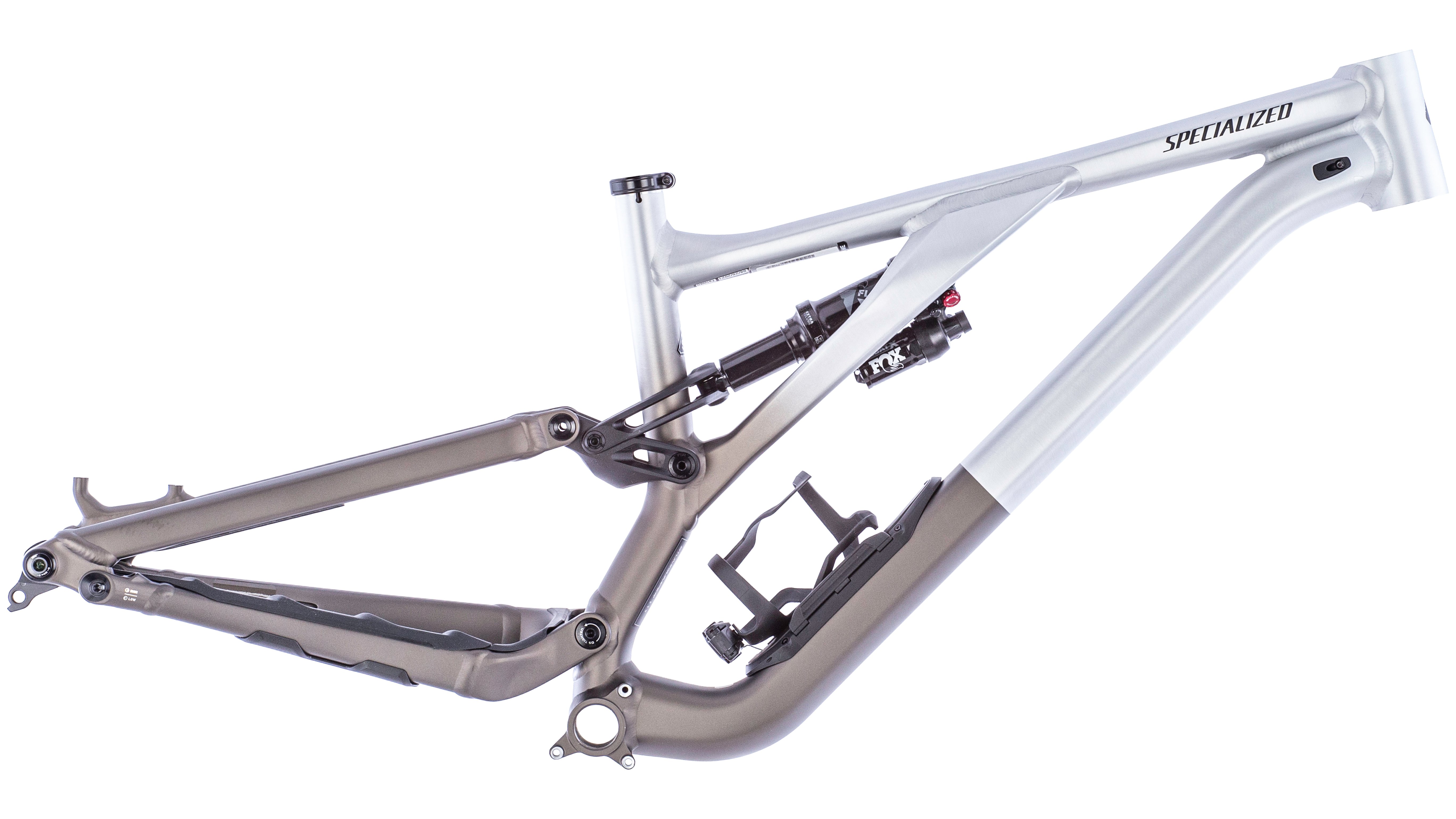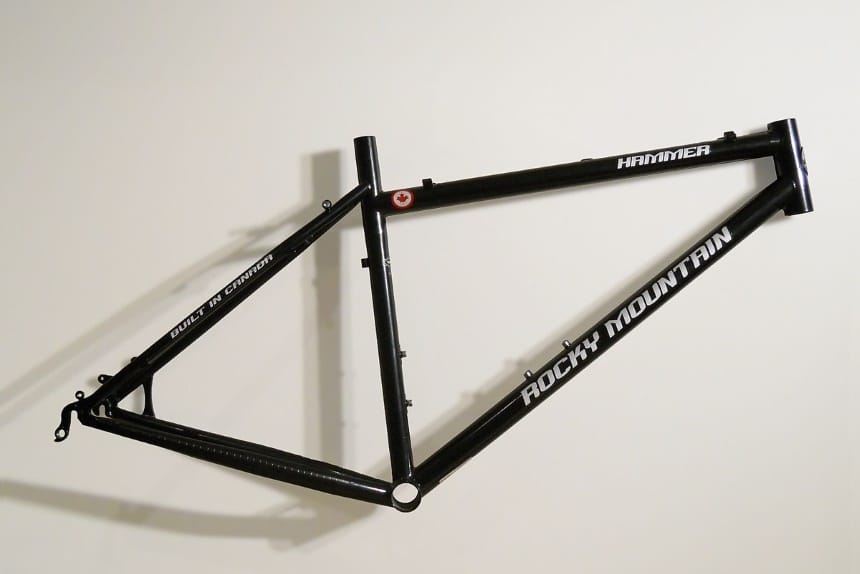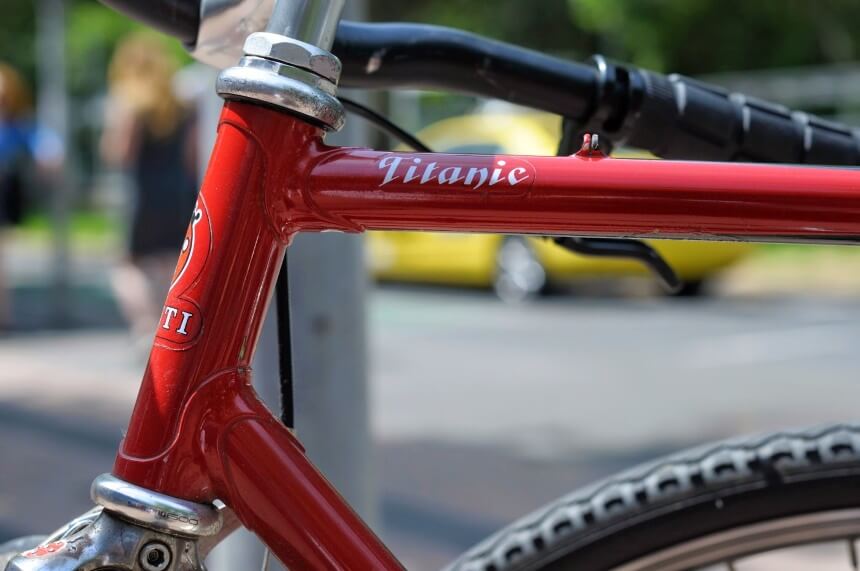Steel Bike Frames: Unraveling the Classic Choice
Steel has long been a staple material for bike frames, with a rich history dating back to the early days of cycling. Its traditional appeal stems from several factors, including durability, versatility, and the classic aesthetic it brings to bicycles. Steel frames are often associated with reliability and a smooth, comfortable ride quality, making them a popular choice among cyclists.
Aluminum Bike Frames: Exploring the Modern Preference
Aluminum emerged as a popular bike frame material in the late 20th century, and its use has grown significantly since then. The rise of aluminum can be attributed to several factors, including its lower weight compared to steel, improved ride quality, and cost-effectiveness for both manufacturers and consumers. Aluminum frames have become a favorite among cyclists who value performance, modern aesthetics, and affordability.
Key Differences: A Side-by-Side Analysis
When comparing steel and aluminum bike frames, several key differences emerge that can help cyclists make informed decisions based on their specific needs and preferences. These differences include:
- Weight: Aluminum frames are generally lighter than steel frames, making them more appealing to performance-oriented cyclists. However, recent advancements in steel frame design and manufacturing have led to a decrease in weight, narrowing the gap between the two materials.
- Durability: Steel is known for its exceptional durability and resistance to damage. While aluminum frames can be equally durable, they are more susceptible to fatigue and cracking over time, especially when subjected to high stress or improper maintenance.
- Cost: Steel frames tend to be more affordable than aluminum frames due to lower material and production costs. However, high-end steel frames can be just as expensive as their aluminum counterparts, depending on the quality of materials and craftsmanship involved.
- Maintenance: Both steel and aluminum frames require regular maintenance to ensure their longevity and performance. Steel frames may be easier to repair and maintain due to their structural properties, while aluminum frames might require more specialized care and attention.
- Ride Quality: Steel frames are often praised for their smooth, comfortable ride quality, which can absorb road vibrations and provide a more forgiving feel. Aluminum frames, on the other hand, offer a stiffer, more responsive ride, making them ideal for fast-paced, performance-oriented cycling.
How to Choose the Right Bike Frame Material for You
Deciding between a steel or aluminum bike frame ultimately depends on individual preferences and requirements. Here are some factors to consider when making your choice:
- Riding Style: Steel frames are well-suited for long-distance cycling, touring, and commuting due to their comfort and durability. Aluminum frames, on the other hand, are ideal for fast-paced, performance-oriented cycling, such as road or mountain biking.
- Budget: Steel frames tend to be more affordable than aluminum frames, making them a better option for budget-conscious cyclists. However, high-end steel frames can be just as expensive as aluminum frames, so it’s essential to consider your budget carefully.
- Maintenance: Steel frames are generally easier to repair and maintain than aluminum frames, which might require more specialized care and attention. Consider your mechanical skills and willingness to invest time and money in frame maintenance.
- Weight: Aluminum frames are lighter than steel frames, which can be a significant advantage for performance-oriented cyclists. However, recent advancements in steel frame design and manufacturing have led to a decrease in weight, making them more competitive in this regard.
- Aesthetics: Steel frames have a classic, timeless appeal that many cyclists find attractive. Aluminum frames, while not as traditional, offer a modern, sleek appearance that can be equally appealing. Consider your personal preferences and the overall look you want to achieve with your bike.
Top Steel Bike Frames in the Market
When it comes to steel bike frames, there are several high-quality options available that cater to various riding styles and preferences. Here are some top steel bike frames to consider:
Surly Long Haul Trucker
The Surly Long Haul Trucker is a classic steel touring bike frame designed for long-distance cycling and loaded touring. It boasts a durable chromoly steel frame, generous tire clearance, and numerous mounting points for racks and fenders. Potential drawbacks include its relatively heavy weight and traditional geometry, which may not appeal to performance-oriented cyclists.
Soma Fabrications Wolverine
The Soma Fabrications Wolverine is a versatile steel frame that can be configured for various riding styles, including touring, commuting, and cyclocross. It features a lightweight, double-butted chromoly steel frame, disc brake compatibility, and multiple mounting points for accessories. However, its customization options might make it more expensive than other steel frames, and its versatility may not appeal to cyclists seeking a more specialized frame.
Kona Rove Steel
The Kona Rove Steel is a comfortable and capable steel frame designed for gravel riding and bikepacking. It features a Reynolds 520 chromoly steel frame, a carbon fork, and mounting points for racks, fenders, and bottle cages. Possible drawbacks include its limited tire clearance compared to other gravel bikes and its higher price point due to the carbon fork.
Top Aluminum Bike Frames in the Market
Aluminum bike frames offer a modern and high-performance alternative to steel frames. Here are some top aluminum bike frames to consider:
Cannondale CAAD13
The Cannondale CAAD13 is a high-performance aluminum road bike frame designed for speed and agility. It features SmartForm C1 premium aluminum construction, a tapered head tube, and a BB30 bottom bracket for improved power transfer. Potential drawbacks include its higher price point compared to other aluminum frames and its less forgiving ride quality compared to steel frames.
Trek Emonda ALR
The Trek Emonda ALR is a lightweight aluminum road bike frame that offers a balanced blend of performance and affordability. It features 300 Series Alpha Aluminum construction, a carbon fork, and a wide range of sizes and configurations. However, its ride quality may not be as smooth as higher-end carbon frames, and its lower price point might mean sacrificing some features found in more expensive models.
Specialized Allez Sprint
The Specialized Allez Sprint is a high-performance aluminum frame designed for criterium racing and fast-paced group rides. It features D’Aluisio Smartweld Technology, a tapered head tube, and a BB30 bottom bracket for improved stiffness and power transfer. Possible drawbacks include its higher price point compared to other aluminum frames and its less forgiving ride quality compared to steel frames.
Maintaining Your Steel or Aluminum Bike Frame
Regardless of whether you choose a steel or aluminum bike frame, proper maintenance is crucial to ensure your bike’s longevity and performance. Here are some maintenance tips for both steel and aluminum bike frames:
Steel Bike Frame Maintenance
- Clean your steel frame regularly with a mild detergent and warm water to remove dirt, grime, and salt. Rinse thoroughly and dry completely to prevent rust.
- Inspect your frame for any signs of rust or corrosion, especially around welds and other high-stress areas. Address any issues promptly to prevent further damage.
- Lubricate moving parts, such as the bottom bracket, headset, and derailleur, to reduce wear and tear.
- Store your steel bike in a dry, clean environment, away from direct sunlight and extreme temperatures.
Aluminum Bike Frame Maintenance
- Clean your aluminum frame regularly with a mild detergent and warm water to remove dirt, grime, and salt. Rinse thoroughly and dry completely to prevent oxidation.
- Inspect your frame for any signs of damage, such as cracks, dents, or scratches. Address any issues promptly to prevent further damage.
- Lubricate moving parts, such as the bottom bracket, headset, and derailleur, to reduce wear and tear.
- Store your aluminum bike in a dry, clean environment, away from direct sunlight and extreme temperatures.
The Future of Bike Frame Materials: Steel and Aluminum, or Something Else?
While steel and aluminum have long dominated the bike frame material market, emerging materials and trends are reshaping the industry. Here are some potential developments to watch for:
Carbon Fiber
Carbon fiber has already made a significant impact on the high-performance bike market, offering unparalleled stiffness-to-weight ratios and design flexibility. However, its high cost and complex manufacturing process may limit its widespread adoption. Nevertheless, carbon fiber is likely to remain a key player in the bike frame material landscape, particularly in the realm of professional racing.
Titanium
Titanium has been used in bike frames for decades, but its high cost and challenging manufacturing process have limited its widespread use. However, recent advancements in titanium production and fabrication techniques have made it more accessible to a broader range of cyclists. Titanium offers a unique blend of strength, durability, and ride quality, making it an attractive alternative to steel and aluminum for some cyclists.
Advanced Alloys
Manufacturers are continually developing new alloys to improve the performance and cost-effectiveness of bike frames. For example, scandium alloys offer increased strength and reduced weight compared to traditional aluminum alloys, while advanced steel alloys can provide improved corrosion resistance and ride quality. These advancements may lead to more competitive pricing and performance for steel and aluminum frames, further solidifying their positions in the market.
Sustainability and Recycling
As environmental concerns become increasingly important, bike manufacturers are exploring more sustainable materials and production methods. Steel and aluminum are both highly recyclable, making them attractive options for eco-conscious cyclists. However, emerging materials like bamboo and hemp may also gain traction due to their renewable and biodegradable nature. While these materials may not yet rival steel and aluminum in terms of performance and cost, they represent an intriguing potential direction for the future of bike frame materials.
Conclusion
While steel and aluminum will likely continue to dominate the bike frame material market, emerging materials and trends are worth keeping an eye on. As the industry evolves, cyclists can look forward to a growing array of options tailored to their specific needs, preferences, and values.








